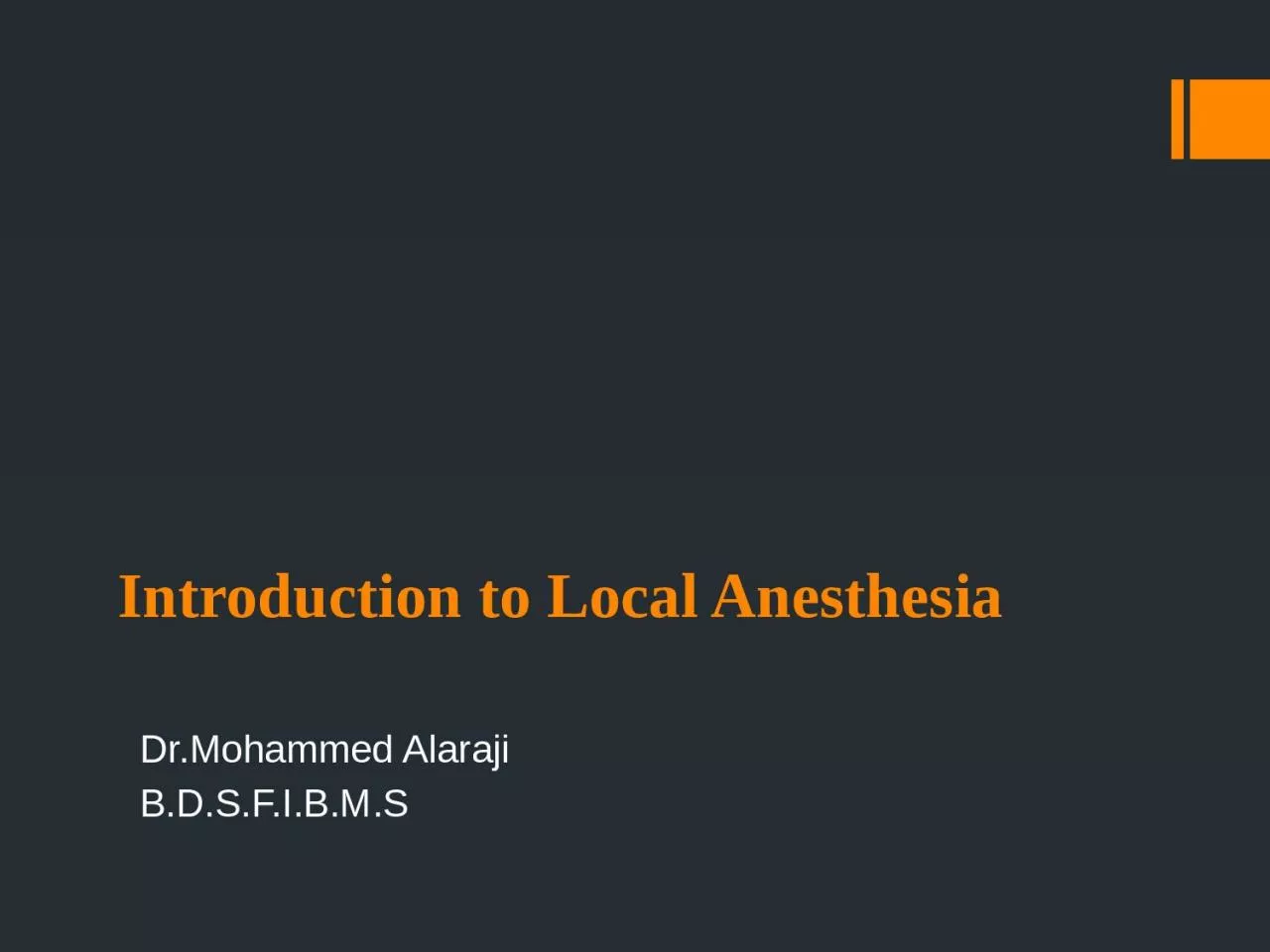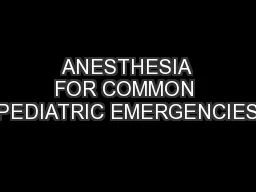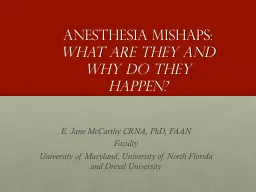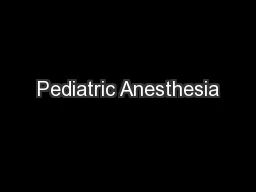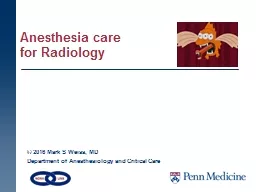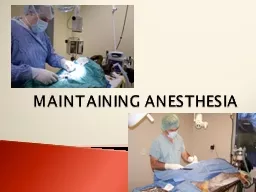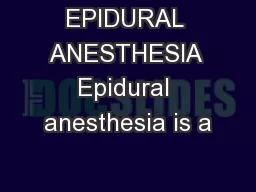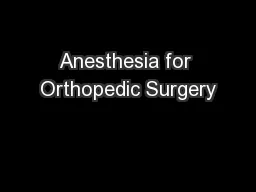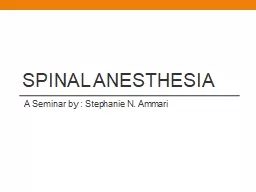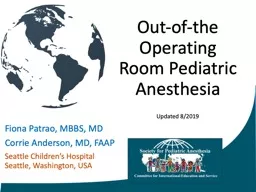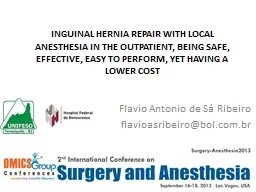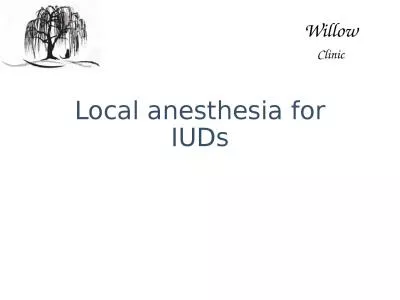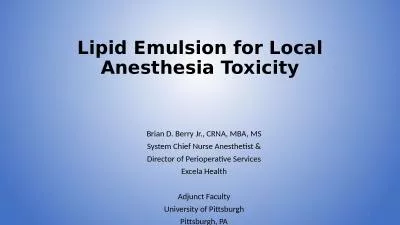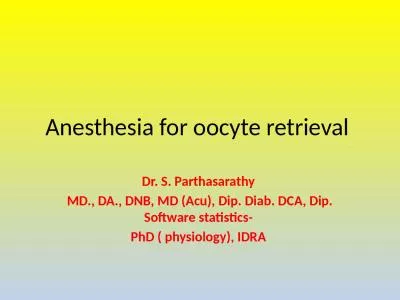PPT-Introduction to Local Anesthesia
Author : jasmine | Published Date : 2023-05-19
DrMohammed Alaraji BDSFIBMS Many dental procedures such as tooth extraction are both painful and prolonged and should be performed without pain by using a local
Presentation Embed Code
Download Presentation
Download Presentation The PPT/PDF document "Introduction to Local Anesthesia" is the property of its rightful owner. Permission is granted to download and print the materials on this website for personal, non-commercial use only, and to display it on your personal computer provided you do not modify the materials and that you retain all copyright notices contained in the materials. By downloading content from our website, you accept the terms of this agreement.
Introduction to Local Anesthesia: Transcript
Download Rules Of Document
"Introduction to Local Anesthesia"The content belongs to its owner. You may download and print it for personal use, without modification, and keep all copyright notices. By downloading, you agree to these terms.
Related Documents

